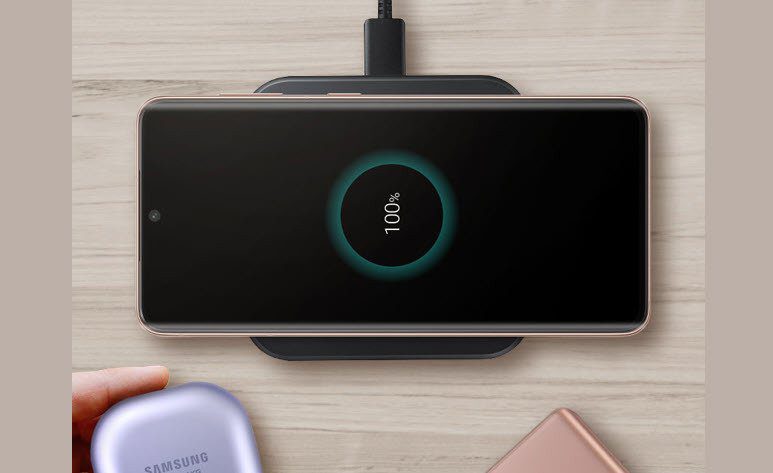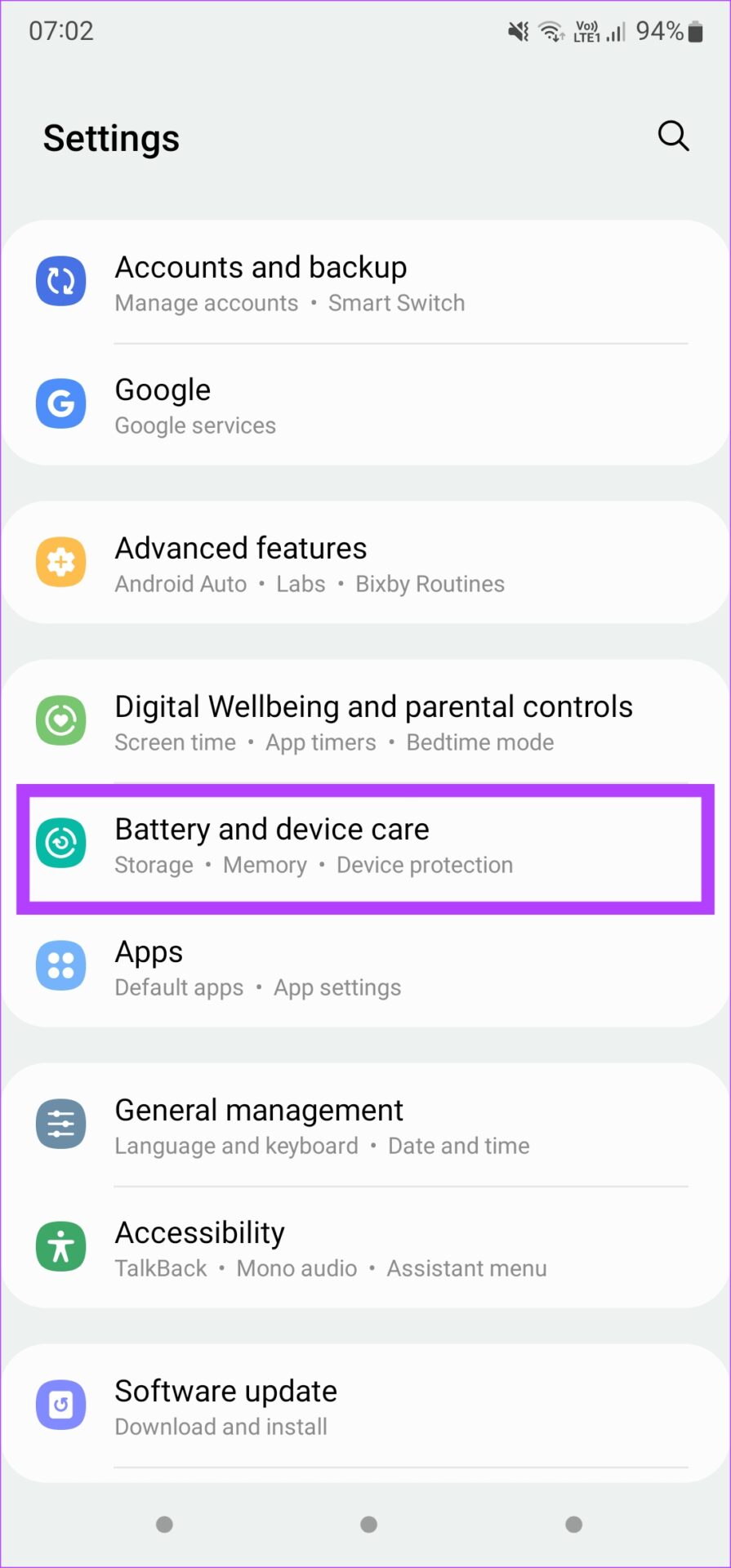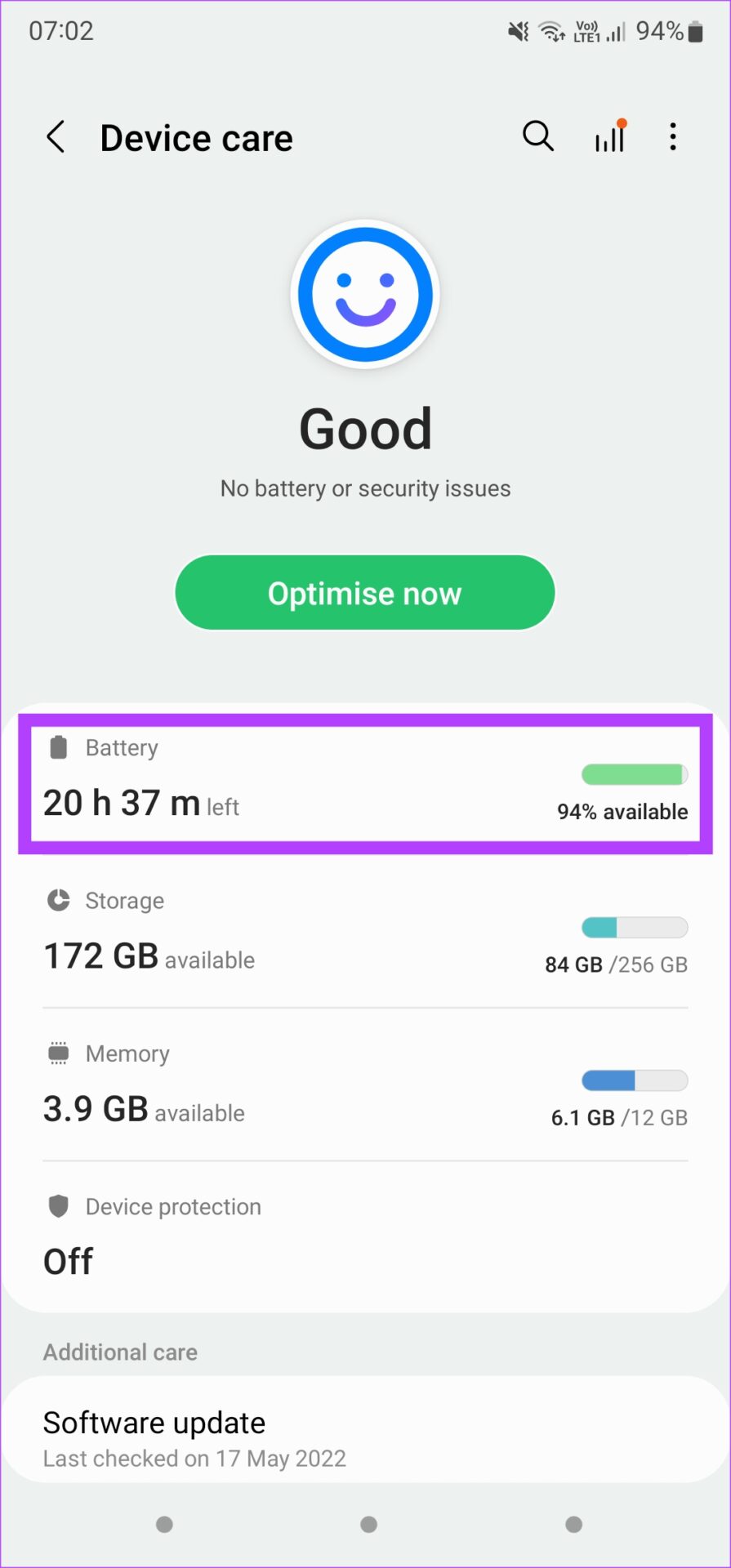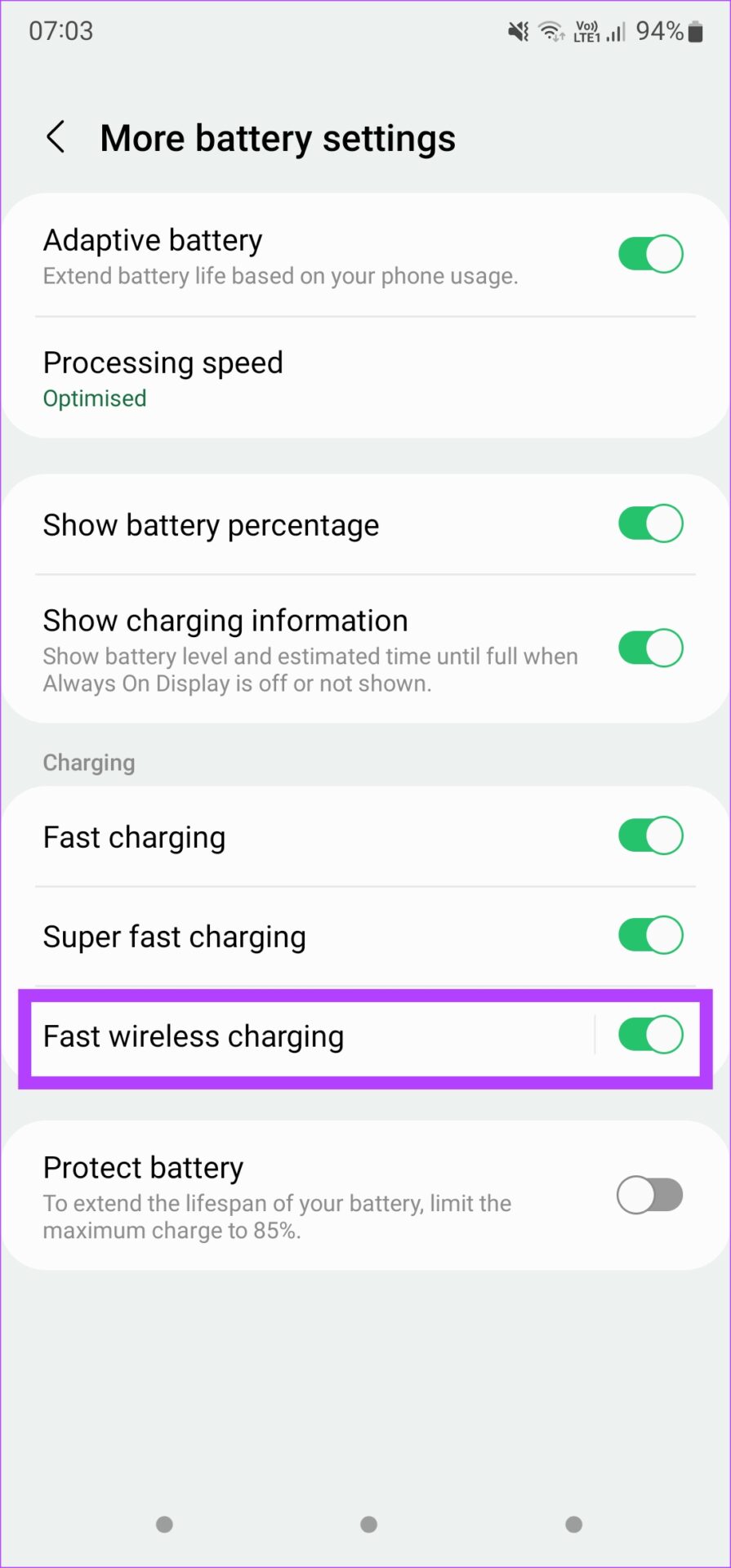That convenience can soon turn into a nightmare when you realize that despite placing your phone on a wireless charger, it hasn’t gained any charge at all. If that happens to you often, here are some ways to fix wireless charging not working with your phone.
1. Plug the Wireless Charger Into a Compatible Adapter
While a wireless charger may charge your phone wirelessly, the charger still needs to be plugged into a wall outlet for power. Some wireless chargers come with an adapter right out of the box that you can use to connect the wireless charger to a power socket.
However, some manufacturers don’t ship an adapter along with the charger. If this is the case with your wireless charger, you will need to pick up a fast-charging adapter for your wireless charger to function properly. Most wireless chargers have a maximum output of 10-15W, for which you need at least an 18W adapter. If you’re using your old phone’s adapter, it might not offer enough power to charge your phone. So you’ll need to get a compatible power adapter that can supply enough power to the charging dock or puck.
2. Try a Different Cable
Apart from the wall adapter, the cable you use to attach the charging brick to the wireless charger also plays an important role. A bad cable can either stop the wireless charger from working completely or cause intermittent disconnections that can pause wireless charging.
A good USB cable should fix this issue and allow wireless charging to occur smoothly. Use it if the cable came with the wireless charger in the box. If you didn’t receive a cable with it, check out some of the best fast charging cables that you can buy for your wireless charger.
3. Remove Your Phone’s Case and Try Charging Again
Wireless charging relies on two coils present on the smartphone and the wireless charging pad. For wireless charging to work properly, these coils need to place on top of each other without any obstuctions between them. If you use a thick protection case on your smartphone, there’s a good chance it’ll interfere with wireless charging.
Some materials don’t play well with wireless charging. Remove any incompatible case that doesn’t support wireless charging and place the phone on the wireless charger. The phone would charge normally, and the issue lies with the case. Get a thinner case for your phone to use wireless charging with a case on.
4. Use a Qi-Certified Wireless Charger
Majority of smartphones support wireless charging through the chargers certified with the Qi wireless charging standard. While most wireless chargers are Qi-certified, some cheaper ones aren’t.
It’s important to pick up a good-quality Qi-certified wireless charger as it’s safer and works well with most phones. You can look at some of the best wireless chargers for your smartphone if you plan to buy a new one.
5. Reposition the Phone on the Wireless Charger
One of the drawbacks of the wireless charging is to position your phone in a specific way. That’s because wireless charging relies on two coils being placed on top of one another. If the coils do not align properly, wireless charging will stop working or will keep disconnecting.
To fix this issue, align and place your phone carefully onto the center of the wireless charging pad. Ensure that the center of your smartphone’s back lines up close to the center of the wireless charger. This should mitigate the issue.
6. Enable Fast Wireless Charging on Some Phones
It’s possible that wireless charging is working fine, but it’s too slow. So your smartphone essentially stays on the same battery level. Some phones integrate support for fast wireless charging that you can enable enable manually. Here’s how to enable it on Samsung devices, for example. Step 1: Open the Settings app on your smartphone and scroll down to the ‘Battery and device care’ section. Tap on it.
Step 2: Select the Battery option.
Step 3: Scroll down and select More battery settings.
Step 4: Enable the toggle next to Fast wireless charging.
This will allow your phone to charge faster when using a compatible wireless charger.
7. If the Phone Is Hot, Allow It to Cool Down for a While
When wireless charging isn’t very efficient, it emits heat. As a result, your smartphone feels hot when you touch it while charging wirelessly for a long duration. If your phone gets too hot, it might stop charging to protect the battery. This can be why wireless charging isn’t working with your phone. Remove your phone from the wireless charger and place it aside to let it cool for a while. After your phone cools down, place it again on the wireless charger and try charging it.
Recharge Your Phone With Convenience
Wireless charging is both convenient and hassle-free. Just place your phone on the pad next to your bed, and you will wake up with a full charge. If you don’t, follow these steps, and you should be able to fix wireless charging not working with your phone.
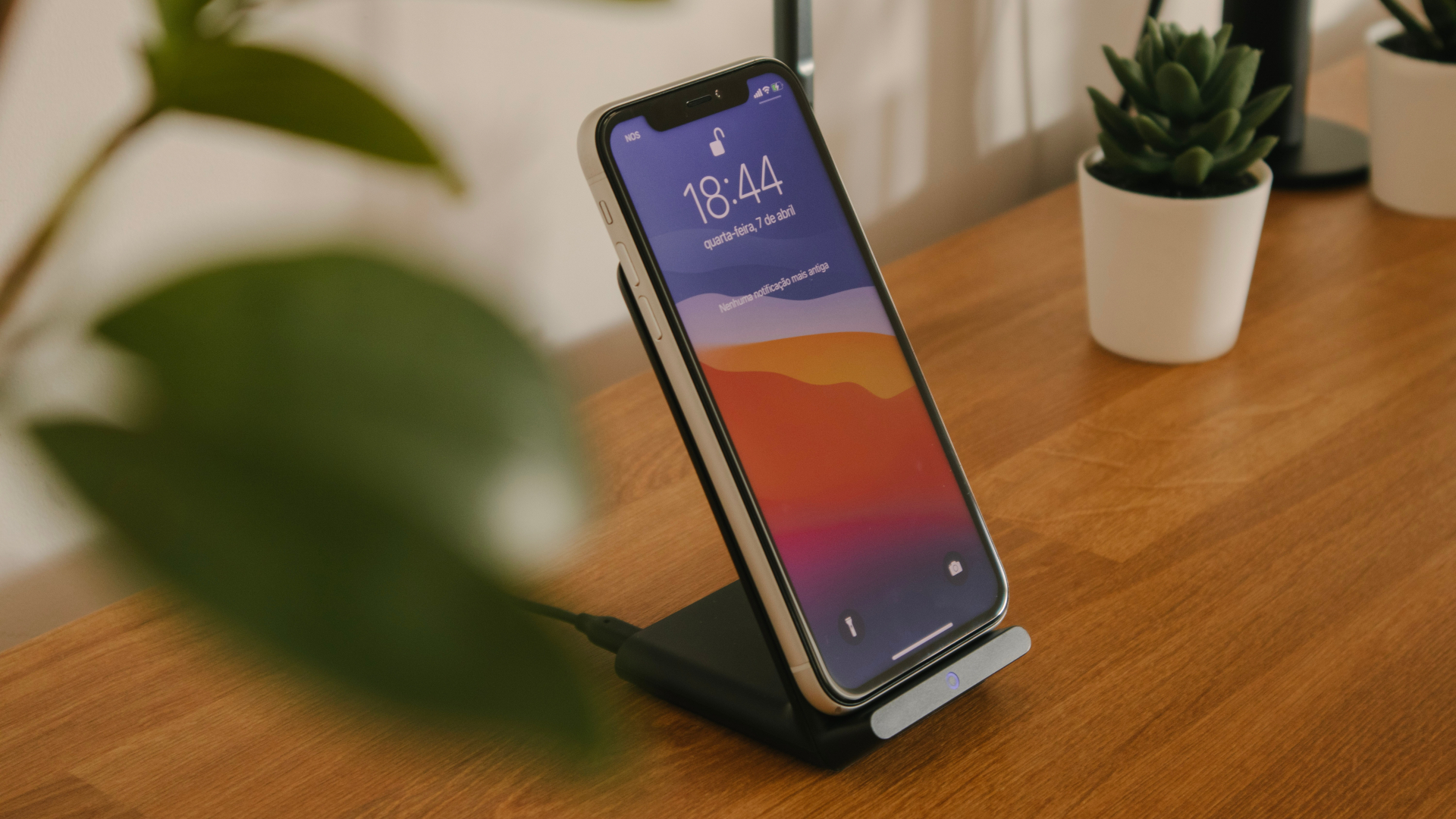
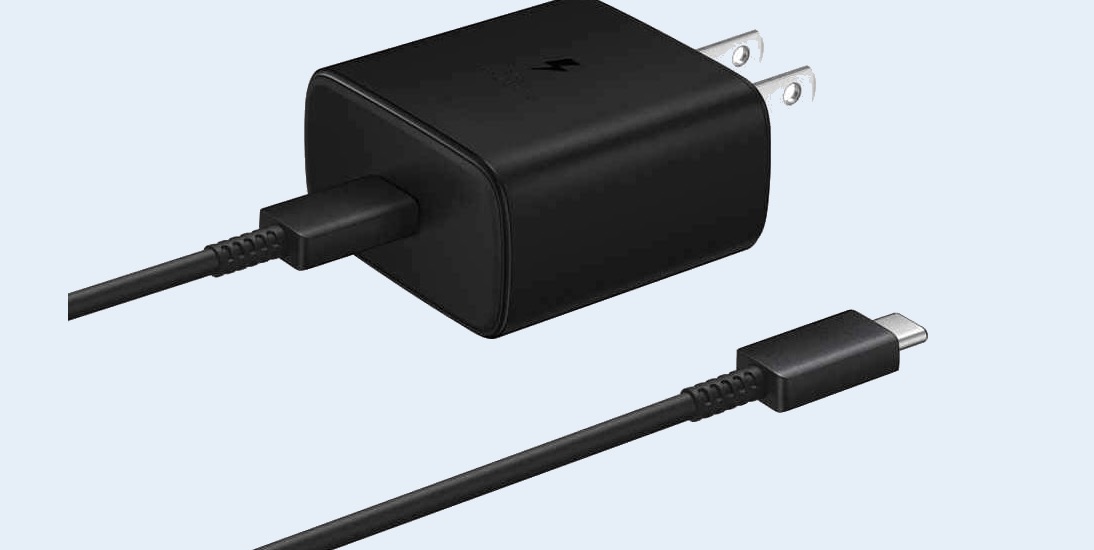
![]()

![]()
